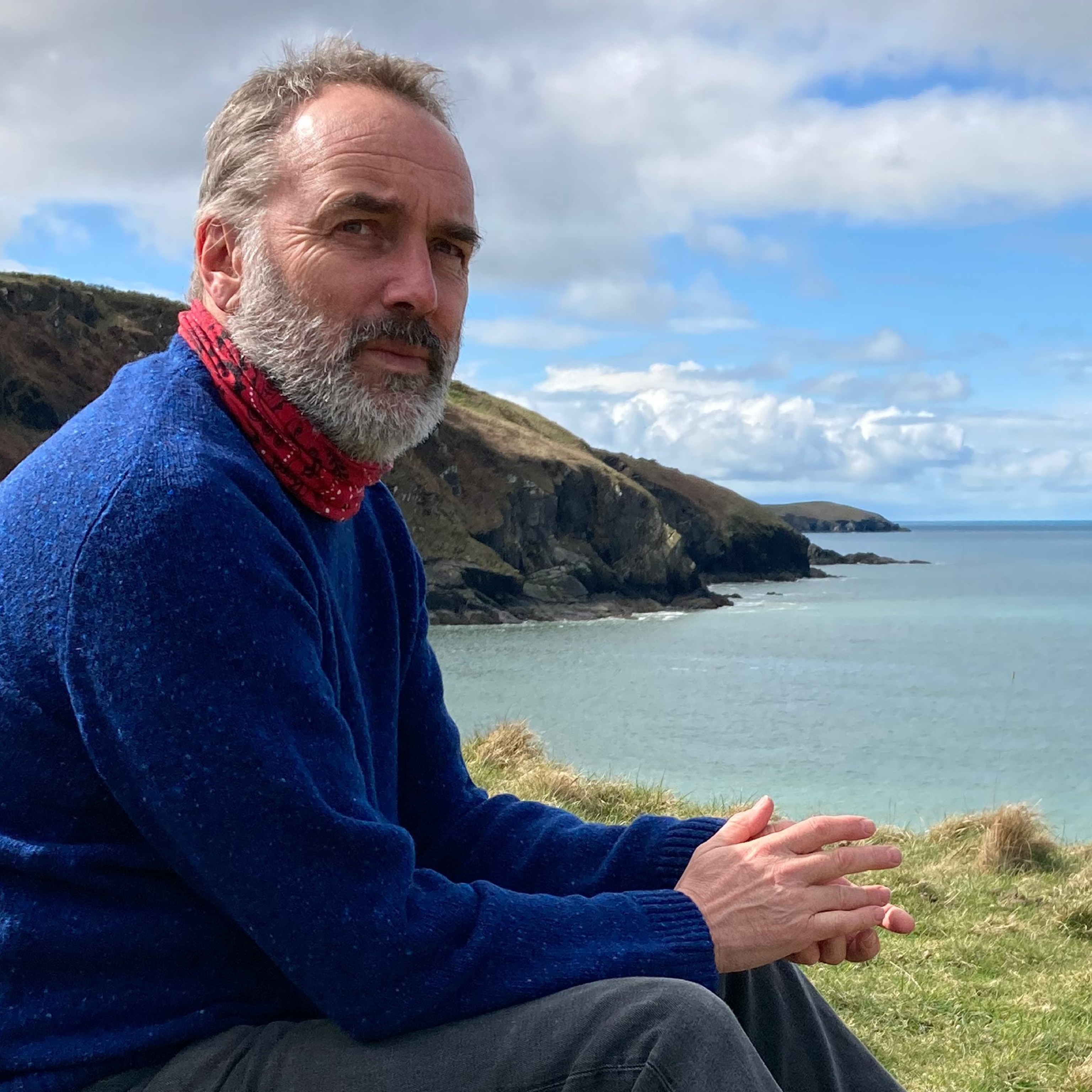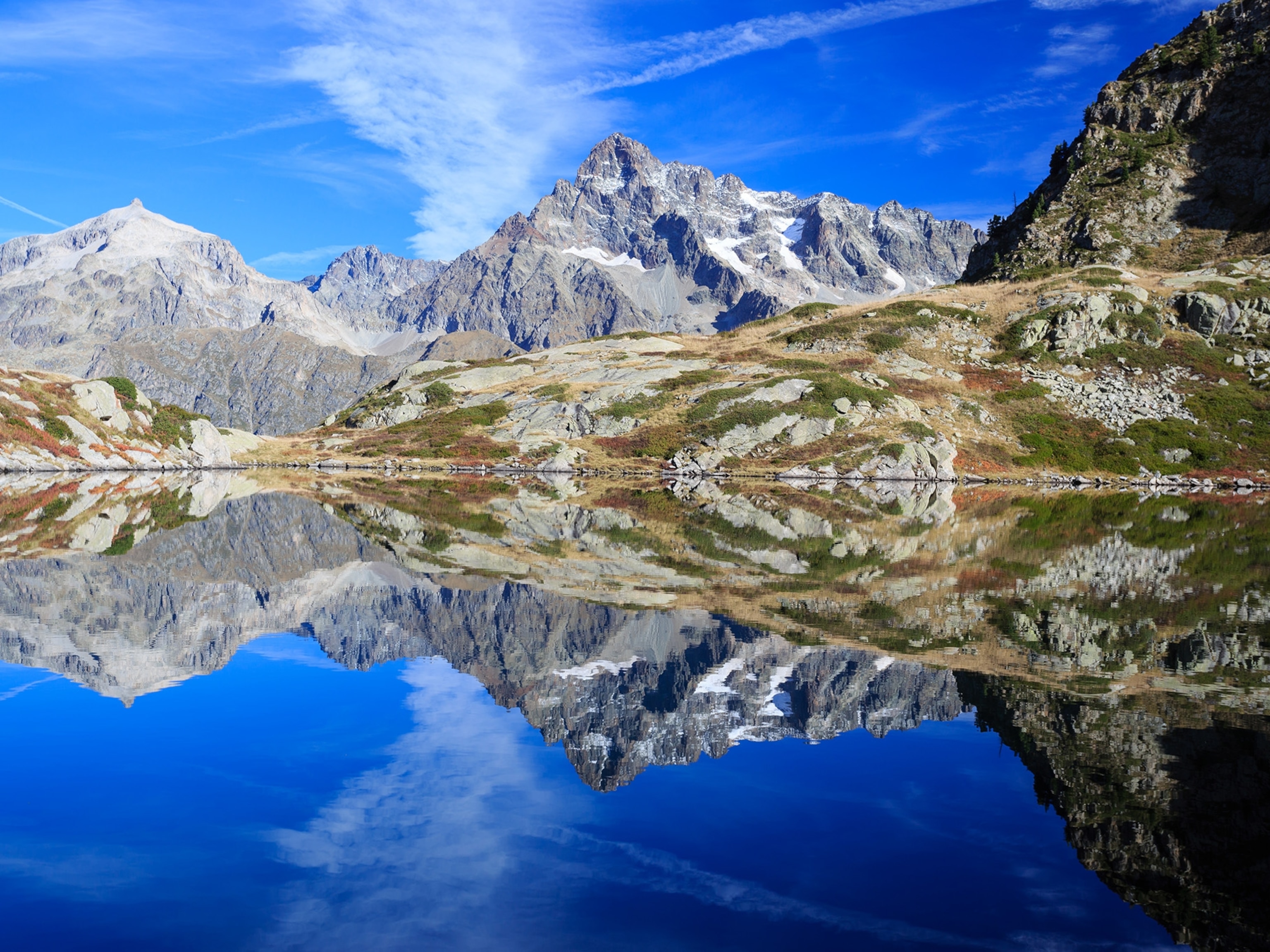She was at ease in the world, but she was never more herself than when at home in Wales. Author and journalist Jan Morris, who died last week at 94, embraced Wales as her physical, intellectual, and spiritual foundation. “I am emotionally in thrall to Welshness,” she said.
She loved its rugged mountains, the spring-green hills where sheep grazed, even the gloomy weather, which was ideal for writing by the fireplace. In Wales, Morris saw an ancient nation that retained its indomitable essence. The endurance of identity was among her great themes.
Morris would often take visitors to lunch at a handsome, ivy-cloaked climbers’ lodge in northwest Wales. The lodge is a converted 200-year-old farmhouse called Pen-Y-Gwryd. One could say it was here, in 1953, that the first successful ascent of Mount Everest began, with Morris joining training climbs up nearby Mount Snowdon.

Morris was a 26-year-old reporter for the Times of London, the sole journalist on the British expedition led by Colonel John Hunt that was the first to reach the summit of the world’s highest mountain.
(Related: Hike the Wales Way to see the best of this ancient land.)
On May 29, 1953, when Tenzing Norgay and Edmund Hillary reached the summit, Morris hiked thousands of vertical feet above Everest base camp to be the first to get the news. Upon learning that Hillary and Tenzing had succeeded, Morris raced back to base camp, roped up with another climber, then hustled down the mountain and sent an encoded message back to London. The news reached the British on the eve of the coronation of Queen Elizabeth II, giving the nation another reason to celebrate.
Morris later described the Everest scoop as the first and only of her career, which spun her out from Wales to travel the globe, filing lyrical, impressionist essays from Venice, Sydney, New York, Hong Kong. But she’d always return to Wales.
Finding a home and kinship
Born in 1926 to a Welsh father and English mother in Somerset, England—140 miles west of London and just across Bristol Bay from Cardiff, Wales’s capital—Morris loved Wales and wanted to share it.
The Welsh name for the country is Cymru, a word rooted in “kinship.” This appealed greatly to Morris, as did the defiantly proud red dragon that commands the national flag. Despite seven centuries of domination by England, the region of northern Wales that Morris called home remains irrefutably Welsh.
The Welsh language, one of the oldest in Europe, is still spoken widely there, and national pride is so strong that visitors can be initially suspect. Yet the moment outsiders show even a hint of sympathy for the Welsh cause or appreciation of the place, they’re typically welcomed with open arms.
“I live, though, in a Wales of my own, a Wales in the mind, grand with high memories, poignant with melancholy,” Morris writes in her 2002 book, A Writer’s House in Wales, published by National Geographic. Although Morris fiercely supported Wales and all it stands for, she recognized that she had adopted her country; she wasn’t wholly of it. The weathervane gracing her home in Llanystumdwy on the Llŷn Peninsula symbolizes her dual Welsh and English ancestry: E and W mark east and west; G and D stand for gogledd and de, the Welsh words for north and south.
Morris described her small home in Trefan Morys as “a summation, a metaphor, a paradigm, a microcosm, an exemplar, a multum in parvo, a demonstration, a solidification, an essence, a regular epitome of all that I love about my country.” And she opened her doors to countless travelers over the decades.


“She had a choice, being half English and half Welsh. She chose Wales,” says photographer Jim Richardson, recalling lunch with Morris in the Smoke Room at Pen-Y-Gwryd. The lodge, festooned with ropes and oxygen tanks and boots used on the Everest expedition, was the site of many reunions.
“But most revealing was her ability to find the richness in this simple Welsh countryside,” says Richardson. “As we drove up the Nant Gwynant valley past Mount Snowdon, she was as likely to point with pride to the sheep as she was to the mountain; she did not need epic places in order to see epic things.” Morris told the story of racing down Everest, “as if she were sitting around with some Welsh farmers talking about sheep shearing. She laughed. It was fun, this world of hers.”
Wales, for Morris, was both a place to discover and a place to define. “You can see from the way she writes about Wales that her heart and soul is in it,” said author Paul Theroux in an email after Morris died. “In a word, Jan was passionate about Wales—the land, people, the language—and she was subtle yet forceful in writing about it, to the point of being a Welsh nationalist, not a popular role in Great Britain.”
Forging an identity in an ancient land
Morris was raised as a boy, but “was three or perhaps four years old when I realized that I had been born into the wrong body, and should really be a girl,” she writes in Conundrum. Morris began taking hormones in the mid-1960s and had gender confirmation surgery in Casablanca in 1972, at age 46.
In her view the world made too big of a fuss over this—she lamented her obituary would read: “Sex change author dies.” Yet it was another pioneering journey. “I haven’t gone from one sex to the other,” she told the Times of London in 2018. “I’m both.”
(Related: See how these 21 female explorers changed the world.)

As an explorer, an author, and most of all as a human being, Morris contained multitudes and didn’t fear contradictions. But she remained steadfastly Welsh.
“I think it was very important for Jan to be Welsh and always to define herself as such,” says author Pico Iyer. Morris’ writing inspired him to envision a life as a traveling journalist. “She was our master impressionist, the greatest portraitist of place we’ll ever read: She gathered a thousand details and pieces of history and perceptions and put them together in a mosaic that caught the soul of a place,” Iyer says.
“Though such a lover of cities, she chose to live in relative isolation in the country; her Welshness allowed her to cast something of an outsider’s eye on all that London sent around the world in the days of Empire, and to feel for the oppressed, the marginal. Solitary, in her own domain, not hostage to England and its limitations, Jan’s life in Wales seemed in many ways a model of her position in the world.”
A diligent and erudite scholar known for her seminal Pax Britannica trilogy about the rise and fall of the British Empire, Morris conveyed a sense of fun in her writing. In keeping with her Welsh roots, she laughed easily and brought a lighthearted tone to much of her work. She loved language and enjoyed using words, such as “kerfuffle,” that may have caused some critics to take her work less seriously than they should have.
Another favorite word was hiraeth, Welsh for an ineffable longing. In the end, Jan’s world was all about kindness and kinship, and she fostered a community of open-hearted travelers.
“There are people everywhere who form a Fourth World, or a diaspora of their own,” she writes in her elegiac book, Trieste and the Meaning of Nowhere. “They share with each other… the common values of humour and understanding. When you are among them you know you will not be mocked or resented … they suffer fools if not gladly, at least sympathetically. They laugh easily. They are easily grateful. They are never mean. … They are exiles in their own communities, because they are always in a minority, but they form a mighty nation, if they only knew it.”
Capturing the magic of her homeland
This concept of exile is deeply rooted in Morris’ experience of Wales. It’s not just what her chosen country transmitted to her, but what she projected onto the place. Morris often said that she couldn’t make a sharp distinction between fact and fiction: While her reporting was rigorously accurate and thorough, her writing was typically a synthesis of her imagination and her experience.

“It is a different thing for [my son] Twm,” who grew up in Wales, Morris told the Guardian, last year. “I don’t have his instinct for Welshness. With him it is more basic, it comes out of the soil.”
In her 1984 book, The Matter of Wales: Epic Views of a Small Country, Morris writes that the Welsh “never altogether abandoned their perennial vision of a golden age, an age at once lost and still to come—a vision of another country almost, somewhere beyond time.”
(Related: Why does Wales have the most castles of any country in Europe?)
At her 90th birthday party in 2016, Morris said that although her travels have taken her to many exotic locations, her corner of Wales has been her “chief delight,” recalls Paul Clements, author of Jan Morris: Around the World in Eighty Years, a collection of tributes by noted authors. “What I have done for Wales,” Morris said at her party, “is infinitesimal compared to what Wales has done for me.”
When I interviewed Morris for my book, A Sense of Place, she noted that for centuries Anglo civilization has been “pressing on Wales, and yet the little country seems to have survived and kept its soul and spirit. I like the nature of the Welsh civilization, which is basically very kind; it’s not very ambitious or thrusting. It’s based upon things like poetry and music, which are still very deeply rooted in this culture.”
Trefan Morys, the home Morris shared with her lifelong partner Elizabeth Tuckniss Morris, who survives her, sits just above the River Dwyfor. A year from now her ashes will be spread on an island in this stream, said Morris’s son, Twm Morys, the renowned Welsh poet and author. The islet is called Ynys Llyn Allt y Widdan, which means the “Island of the Pool of the Slope of the Sorceress.”
How fitting. For Jan Morris was, in a way, the sorceress of Wales. She conjured a sympathetic and uplifting vision of her beloved adopted country, and through eloquence and determination transmuted it into her personal reality. Through a lens of generosity and imagination, Morris saw Wales as no one has before, and the world is richer for it.








